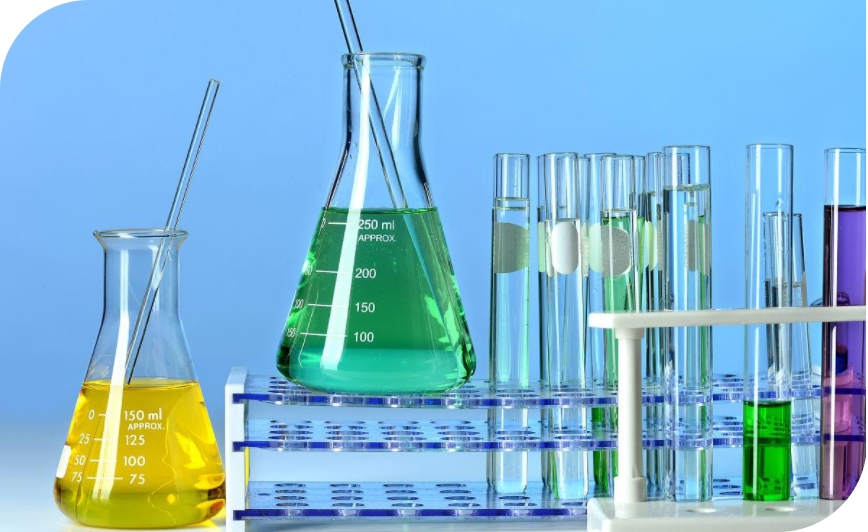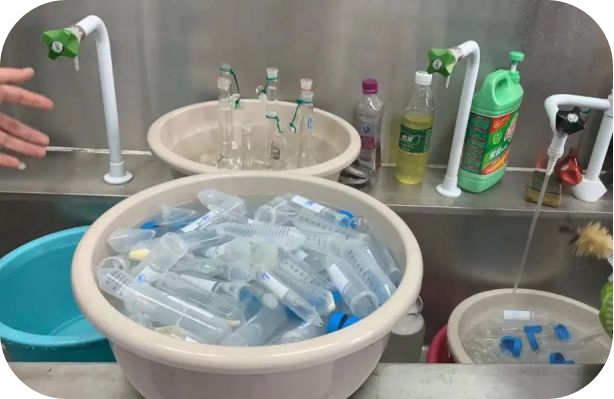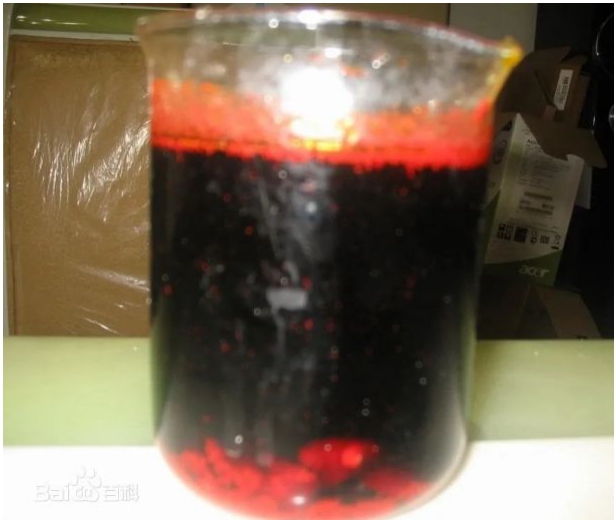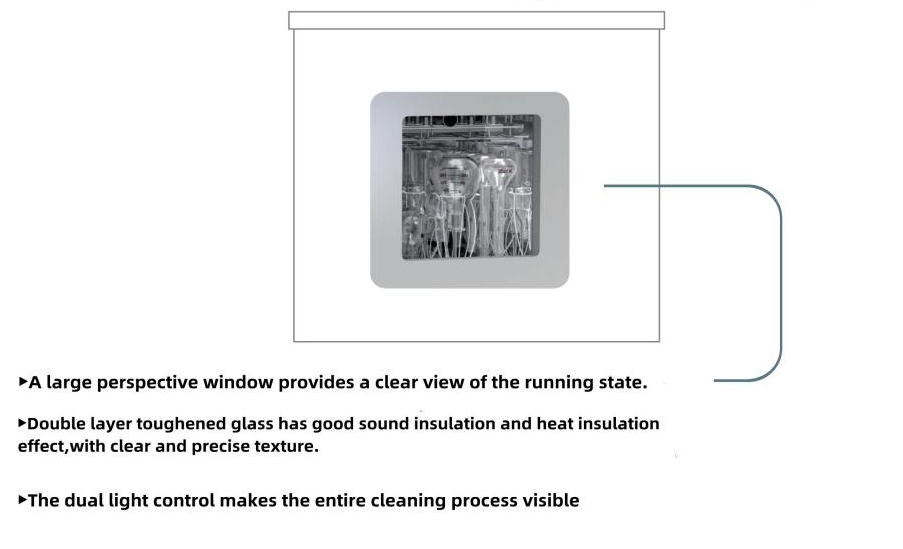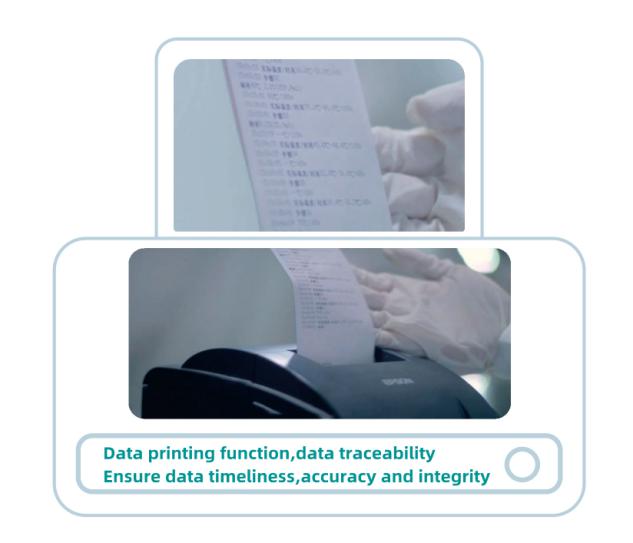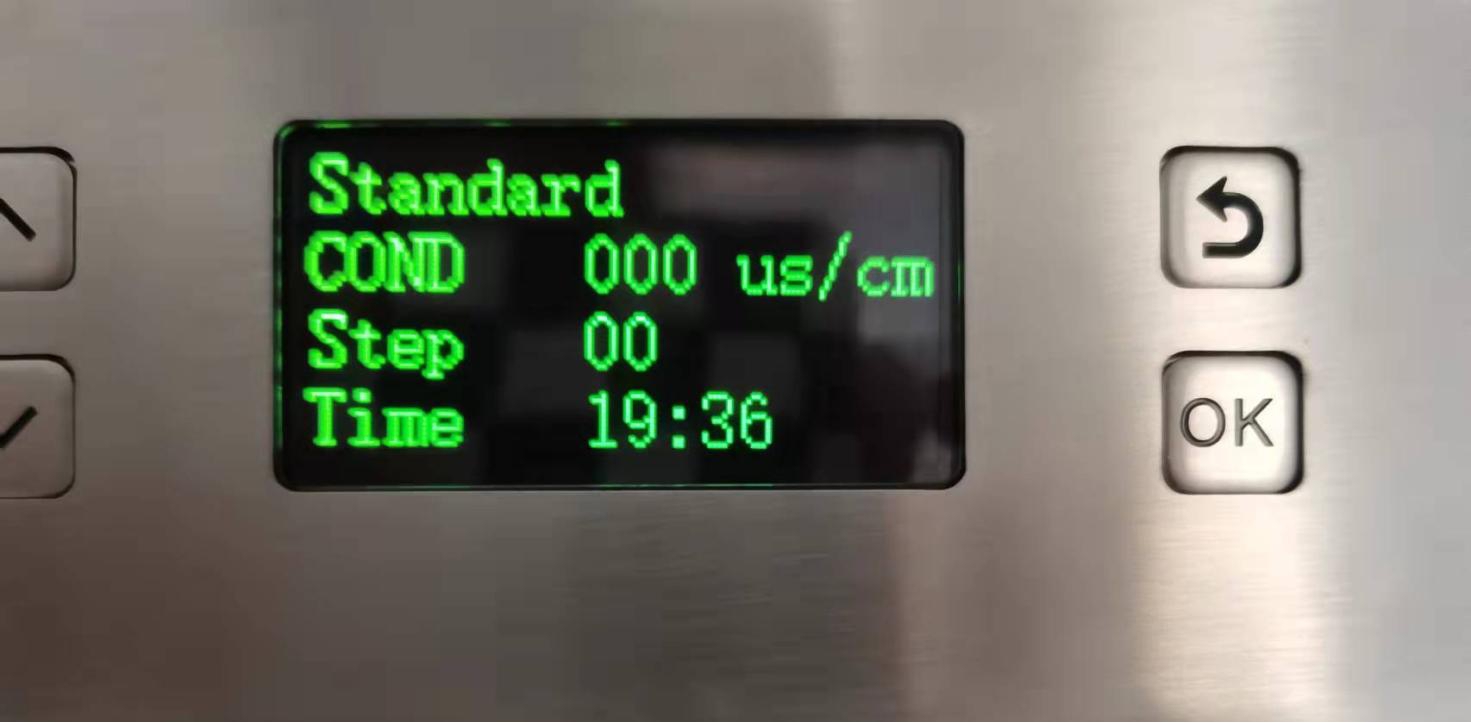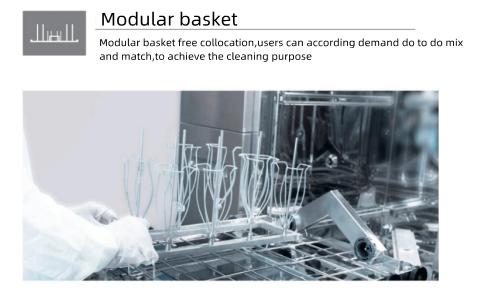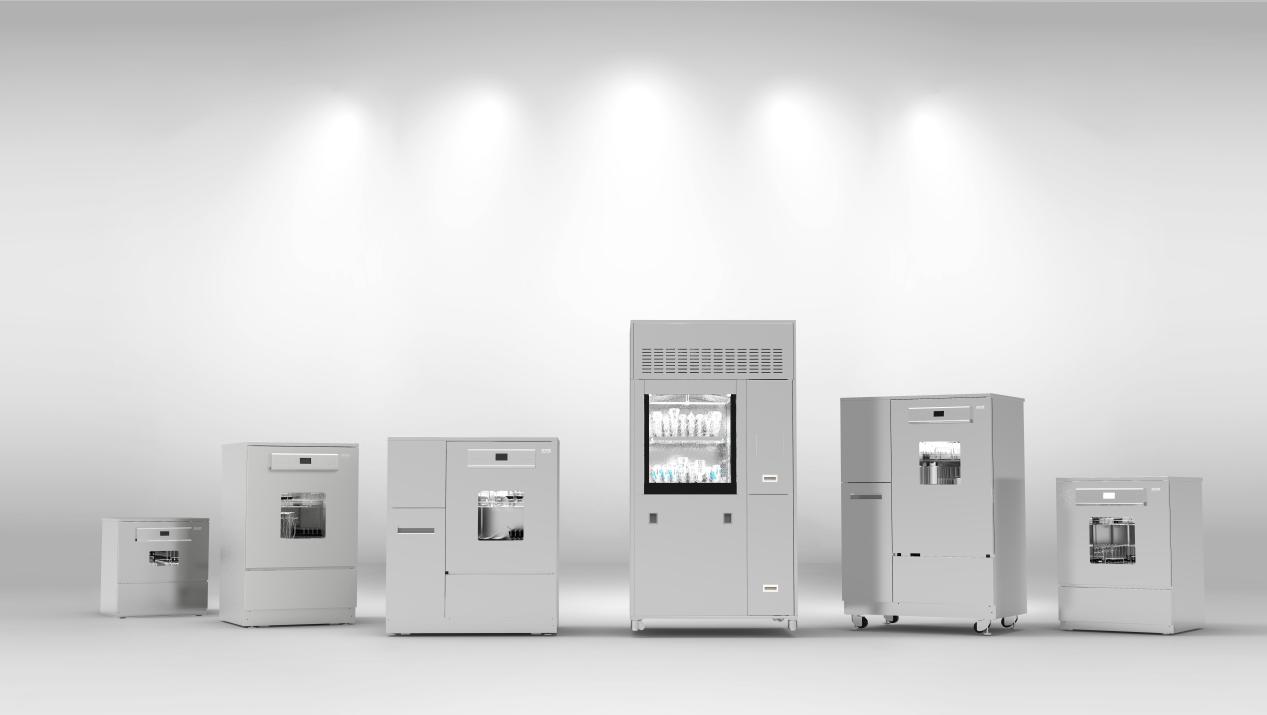In analytical work, washing glassware is not only a necessary pre-experimental preparation work, but also a technical work. The cleanliness of laboratory instruments directly affects the experimental results, and even determines the success or failure of the experiment.
Different analytical work has different glass instrument cleaning standards, let us look at the washing method in general quantitative chemical analysis.
The most commonly used cleaning agent
The most commonly used cleansers are soap, liquid soap (special products), washing powder, and detergent. Soap, soap liquid, washing powder, detergent powder, used for direct brushing with a brush of equipment, such as beakers, triangular bottles, reagent bottles, etc.; However, because it is rich in a large amount of surfactant, after washing, a large amount of pure water is needed to wash away the surfactant components attached to the inner and outer surface of the bottle, but the cleaning scope is limited to scrub and non-stubborn residue, and when cleaning a large number of bottles, a large amount of water resources need to be wasted.
Strong acid oxidant lotion
The strong acid oxidant lotion is prepared with potassium dichromate (K2Cr2O7) and concentrated sulfuric acid (H2SO4). K2Cr2O7 in acidic solution, has a strong oxidation capacity, and a few erosion of glass instruments. So this lotion is most widely used in the laboratory. This kind of lotion should pay attention to not splash on the body when using, in order to prevent “burn” broken clothes and damage the skin. After washing the instrument with a small amount of water for the first time, the waste water should not be poured into the pool and sewer, which will corrode the pool and sewer for a long time. It should be poured into the waste liquid tank.
Alkaline Lotion
Alkaline lotion used to wash oily dirt equipment, the use of this lotion is a long time (more than 24 hours) immersion method, or immersion cooking method. Wear latex gloves when retrieving equipment from alkali solution to avoid skin burns.
Above these general washing method, in the face of mass for bottle washing dish, will show its shortcomings, or extreme waste of water resources, or when cleaning is likely to produce harm to human body, or need to soak for a long period of time, a waste of time, so is there any way can not only protect cleaning personnel safety, and can guarantee the quality of the cleaning improve cleaning effect
Compared with the cleaning methods shared above, Laboratory Glassware Washer is better than traditional cleaning in the standard of cleaning methods, the verifiability of cleaning results, the safety of instrument operation, or the efficiency of cleaning bottles, mainly manifested in the following aspects:
The cleaning mode adopts the high temperature spray programmed mode, compared with the traditional cleaning, the broken bottle rate is lower, the cleaning is more standard, and the safety of personnel is higher.
Contains 35 built-in programs and 100 custom programs, not only to meet the cleaning needs of biological, chemical, medical, quality inspection, environmental, food, pharmaceutical, microbial, petroleum, chemical, cosmetics and other industries, but also according to special requirements to set their own cleaning programs to meet the cleaning requirements of different residues.
The built-in viewing window and optional conductivity and printer components can monitor the cleaning situation in real time, and realize the verification and traceability of the data.
Module modular design, single layer can be placed two modules, under the condition of ensuring the number of cleaning, to achieve a variety of bottle cleaning requirements.
summary
Using Automatic Glassware Washer instead of traditional cleaning is beneficial to improve the efficiency and quality of bottle cleaning in laboratory. Help laboratory cleaning to standardization, automation, mass!
Post time: Mar-12-2022

